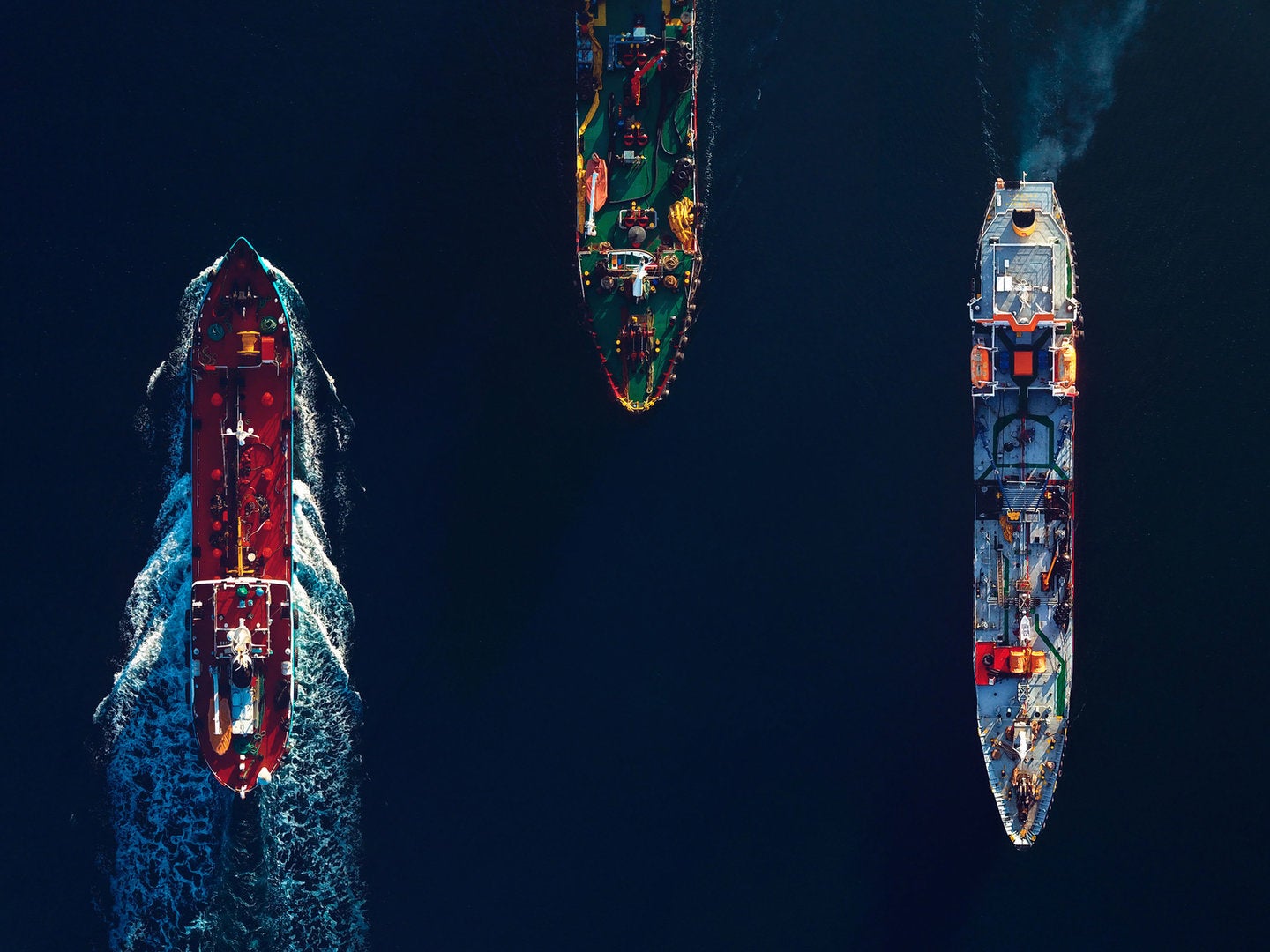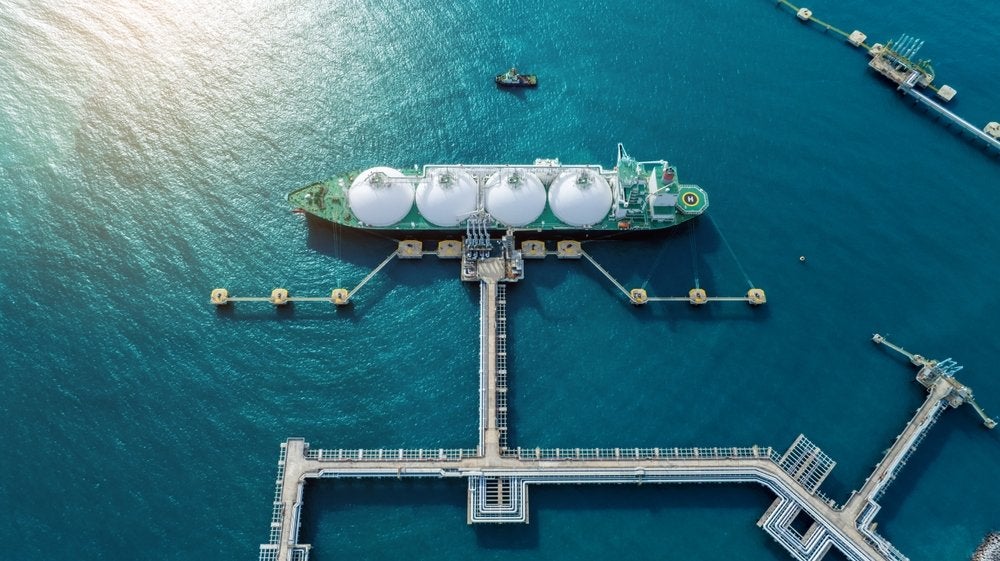
The 80th session of the International Maritime Organisation’s (IMO) Marine Environment Protection Committee (MEPC 80) agreed to the adoption of a revised greenhouse gas (GHG) strategy. The objective – to significantly reduce GHG emissions from international shipping – now goes much further than before.
The revised strategy includes an enhanced ambition to reach net-zero GHG emissions from international shipping by 2050, a commitment to ensure the uptake of alternative zero and near-zero GHG fuels by 2030 and two indicative checkpoints.
These are to reduce the total annual GHG emissions from international shipping by at least 20% compared with 2008 levels – but striving for 30% – by 2030, and to reduce the total annual GHG emissions from international shipping by at least 70%, striving for 80%, by 2040, also compared with 2008.
The committee also agreed that measures for delivering the reduction targets should be finalised, comprising of two elements. First, there should be a goal-based standard to regulate the phased reduction of marine fuels’ GHG intensity. Second, there should be an economic element based on a maritime GHG emissions pricing mechanism.
Emission measurement criteria changes
MEPC 80 also changed the focus of the marine fuel emissions directive from combustion (tank-to-wake) to lifecycle emissions (well-to-wake). As a result, vessel operators can no longer just look to reduce emissions solely from fuel combustion. Now they will have to take into consideration emissions generated during refinery processes and transportation of the fuel to a bunkering port.
This could change the investment decisions of operators who were considering installing sulphur oxide (SOx) and carbon dioxide (CO2) capturing scrubbers on their vessels, aiming to continue to run on high-sulphur fuels and then paying for the disposal of the captured material.
Making the IMO’s objectives a reality will require extensive modifications to the marine industry’s fuel and engine technologies.
One of the biggest challenges right now is the availability of low or zero-carbon fuels and related infrastructure at scale. Stakeholders responsible for investing in resources, production, bunkering, and port infrastructure require key information on the demand profiles for alternative formulations and the infrastructure required to unlock the investment case for producing and supplying these fuels.
We need tangible and immediate action from all industry partners.
“The availability of renewable energy will be the main bottleneck going forward,” says Muhammad Ilyas, head of green fuels at German international shipping and container transportation company Hapag-Lloyd. “We need tangible and immediate action from all industry partners, in the form of strong demand signals, and governments, in the form of financial incentives, to accelerate decarbonisation.”
“A greater demand for fuel readiness in specific regions could help to stimulate investments into infrastructure that will scale up supply,” adds Carlo Raucci, marine decarbonisation consultant at the Lloyd’s Register Maritime Decarbonisation Hub.
“For example, the Silk Alliance green shipping corridor cluster programme in Singapore – a collaborative zero-emission shipping partnership across supply chain stakeholders – aggregates alternative fuel demand in the infra-Asia container trade route, which will help drive investments into fuel supply infrastructure.”
Future fuels and the IMO Greenhouse Gas Strategy
“Developments are still ongoing, but what is clear is that some of the fuel options will need cryogenic storage,” notes Kenneth Kar, product solutions technology engineering associate at ExxonMobil Technology and Engineering. “These may require the development of new supply chains and bunkering technologies, along with revised approaches to onboard handling, storage and combustion.”
Vessel operators will need to assess fuel options based on their individual needs and operational profiles, but there are currently six options capturing the most interest: ammonia, biofuels, hydrogen, liquefied natural gas (LNG), methanol LNG, and fuel cells.
LNG is one of the most advanced options in terms of infrastructure, “due to its existence in the market for over a decade, making it easily sourced and available,” says Hrishikesh Chatterjee, promotion manager at MAN Energy Solutions, who goes on to note a sharp rise in interest in methanol-fuelled engines, as the company’s had over 160 orders for these this year.
This links to the rise in green methanol production, with approximately 80 projects in progress that are anticipated to generate almost nine million tonnes annually by 2027, according to the Methanol Institute.
“Shore infrastructure is also building up, but it’s limited due to lack of regulatory guidelines on low flash point fuels,” says Chatterjee. “Until then, ship-to-ship transfers are going to fill the gaps and more green corridor projects will pave the way on how it’s to be done.”

Then there’s the rise in green hydrogen, thanks to an increase in national hydrogen strategies around the world and more countries investing in renewable energy and land-side hydrogen infrastructure, as Raucci highlights.
“North America and Europe have taken the lead in implementing initiatives to encourage low-emission hydrogen production, while China has taken the lead of electrolyser deployment,” Raucci says.
In terms of biofuels, bunkering infrastructure is already in place in Rotterdam and Singapore and with demand increasing, more ports are making biofuel blends available, notes Ilyas.
ExxonMobil points to biodiesel as also being a good candidate, due to being a “drop-in alternative”, and it’s already successfully bunkered its marine biofuel oil – a blend of conventional marine fuel and a bio-based component derived from fatty acid methyl esters (FAME).
“Longer term, new fuel formulations are possibly the answer and ExxonMobil is reviewing potential candidates,” explains Kar. “We are also consulting with our customers and the wider industry to help understand how we can help deliver the products and services they want, when and where they need them.
The energy transition is already well underway
With more than 57% (over 1,250 units) of MAN’s newbuild orders being for dual-fuel technology, the engine manufacturer believes that the energy transition has come into full momentum and it’s just a matter of time before this will be the default choice for all newbuilding.
“From a technology provider’s perspective, we’re proud to say we’ve pioneered the development of dual fuel technology, using the same base concept as our electronically controlled ME engines. Hence all our ME engine designs are retrofittable to any other dual fuel technology. We’ve proved it doing retrofits for LNG, LPG and ethane, and have upcoming large projects for methanol retrofits,” Chatterjee says.
In terms of what fuel will come out top, industry experts all agree that the future most likely to play out will be multi-fuel. This is because it’s unlikely one single fuel will be able to meet the needs of every operator in their pursuit of meeting the ambitious targets of the new IMO Greenhouse Gas Strategy.
What is clear, however, is that industry-wide collaboration will be needed to get the fuels and related infrastructure in place in time to meet these carbon intensity reduction targets.



